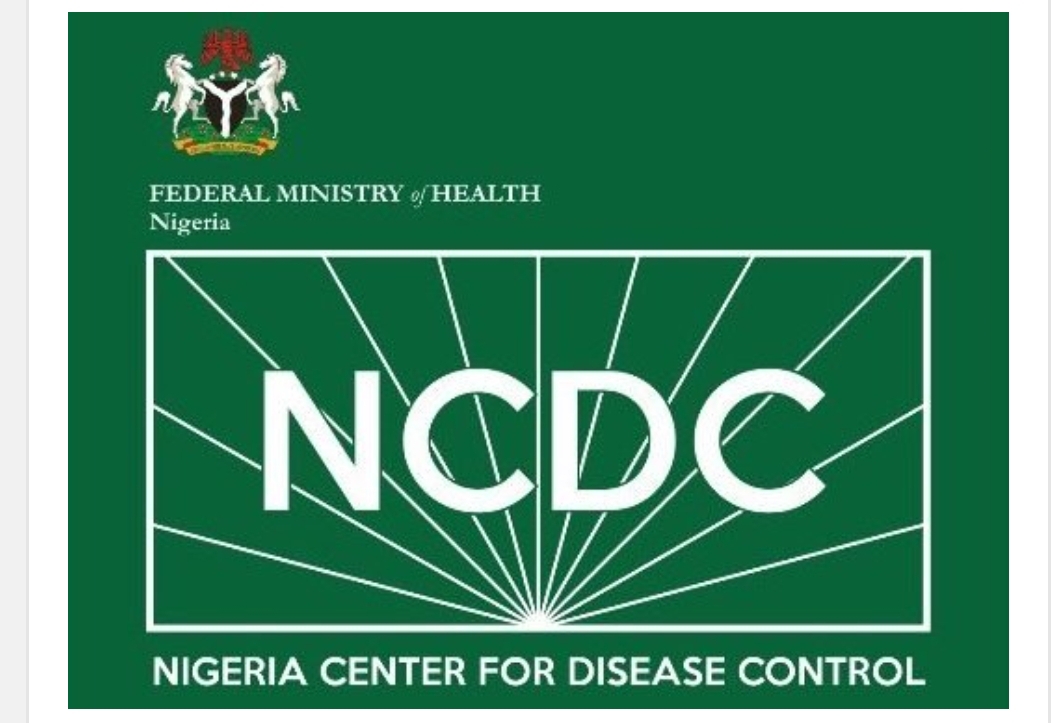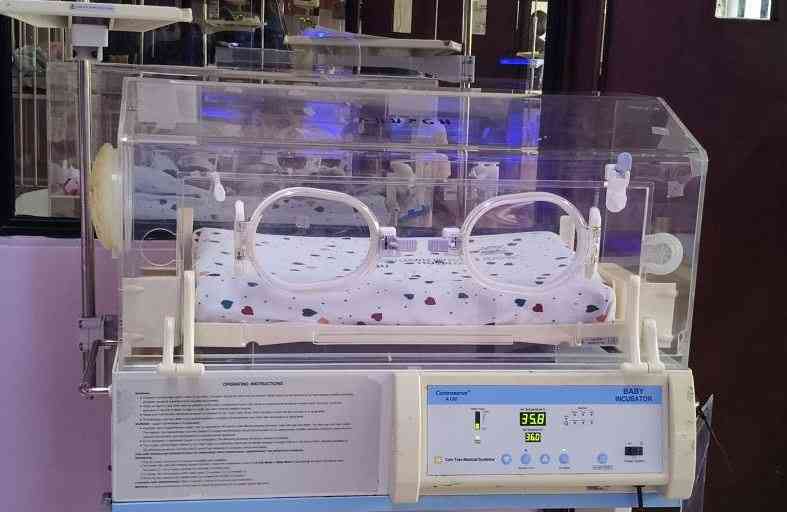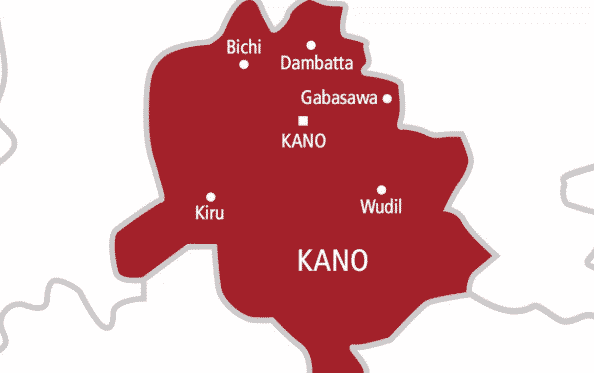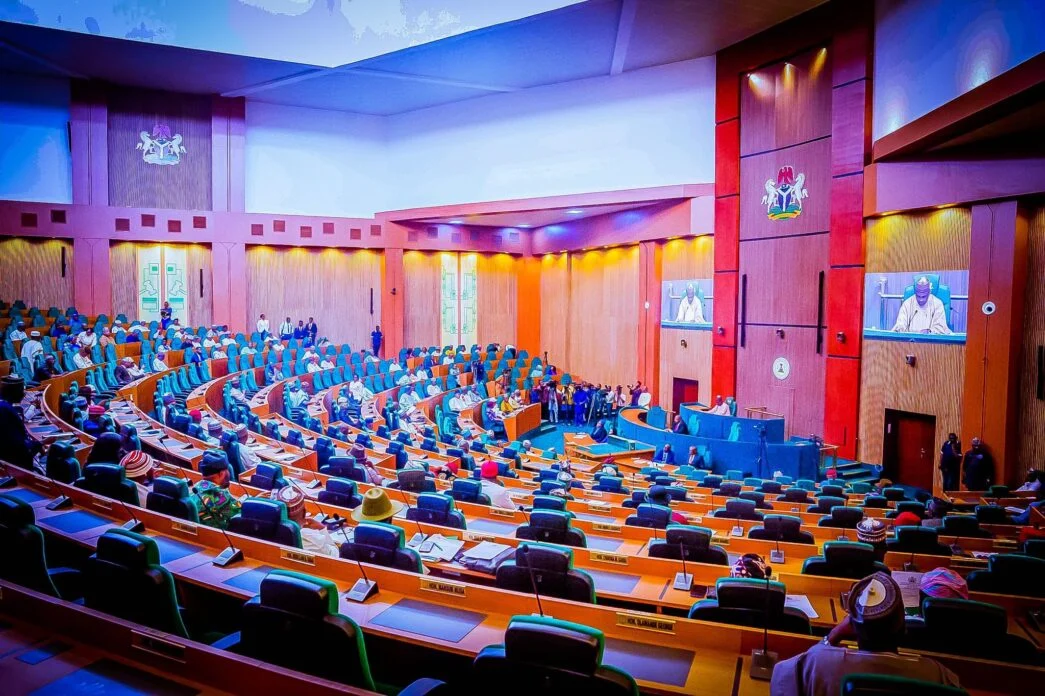Meningitis Outbreak Claims 151 Lives in Nigeria, Emergency Operations Activated

The Nigeria Centre for Disease Control and Prevention (NCDC) has reported a concerning outbreak of Cerebrospinal Meningitis (CSM) across the country. As of March 23, 2025, a total of 1,826 suspected cases have been recorded, with a death toll of 151, representing a case fatality rate of 8.3%. In response to the escalating crisis, multi-sectoral state-level Emergency Operation Centres (EOCs) have been activated in six states: Jigawa, Yobe, Gombe, Katsina, Kebbi, and Sokoto.
According to the NCDC's situation report, 94% of all suspected cases originate from ten states: Kebbi (881), Katsina (158), Jigawa (147), Yobe (109), Gombe (47), Sokoto (303), Borno (36), Adamawa (27), Oyo (23), and Bauchi (66). Furthermore, 17 Local Government Areas (LGAs) across nine states have reported more than ten suspected cases each. These LGAs include Gwandu (313), Tambuwal (155), Aleiro (143), Katsina (69), Kankia (54), Sule-Tankarkar (29), Jega (61), Fune (28), Maiduguri (29), Jahun (15), Birnin kudu (13), Nafada (13), Nguru (53), Bauch (25), Gamawa (20), Taura (14), and Yola South (13).
Between March 17 and March 23, 315 suspected cases were reported from Kebbi, Sokoto, and Yobe, with 14 deaths recorded during this period. A total of 60 samples were collected from nine states for laboratory diagnosis. Encouragingly, there has been a 65% decrease in the number of reported cases compared to the previous week.
The NCDC has outlined several challenges hindering efforts to combat the meningitis outbreak. These include inadequate trained personnel for case management in states, a lack of essential CSM commodities such as ceftriaxone in some facilities, poor and inconsistent reporting from states, and poor data quality. Additionally, the agency cited a lack of active case searches at secondary and tertiary healthcare facilities, late or non-reporting from communities, poor health-seeking behavior due to terrain and transportation costs, and inadequate personal and community hygiene promotion.
The NCDC is taking proactive steps to address the outbreak by maintaining communication with states, providing support for data reporting and response, and advocating for state government funding for CSM Intra-Action Plans (IAP). The agency will also continue distributing response commodities, building capacity for sample collection and laboratory diagnosis, and scaling up risk communications.
As of March 23, 2025, a total of 289 samples have been collected from suspected cases, with 126 confirmed (44% positivity rate). The age group most affected remains 5-14 years, and males account for 60% of the total suspected cases. The NCDC continues to monitor surveillance activities across states through the National Multi-sectoral Cerebrospinal Meningitis EOC.








